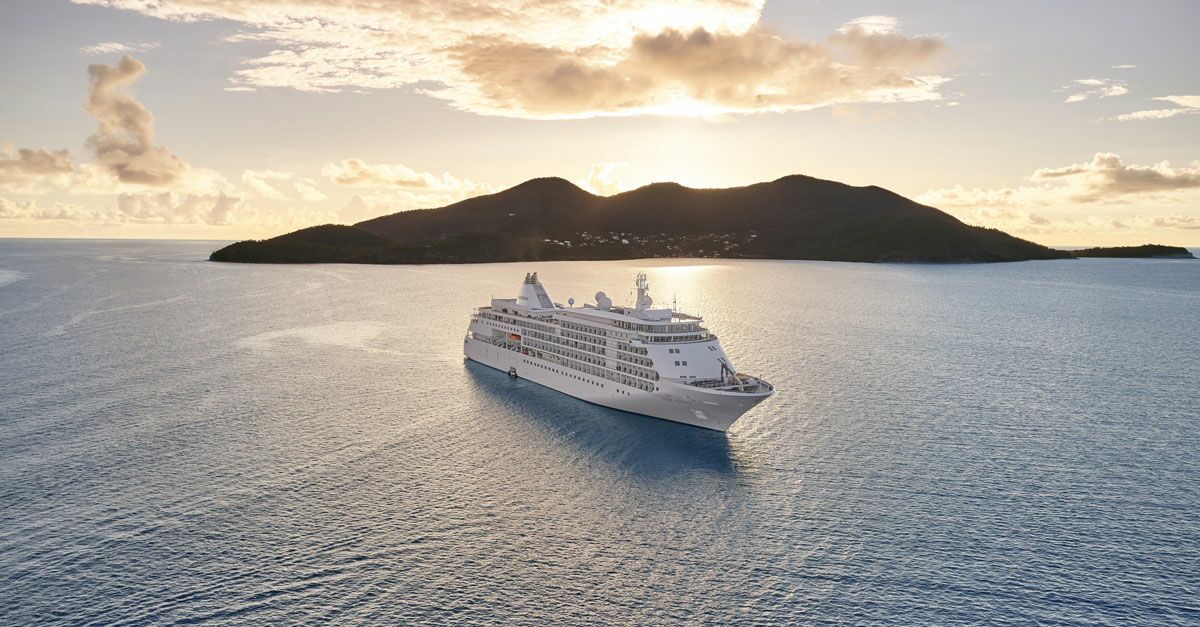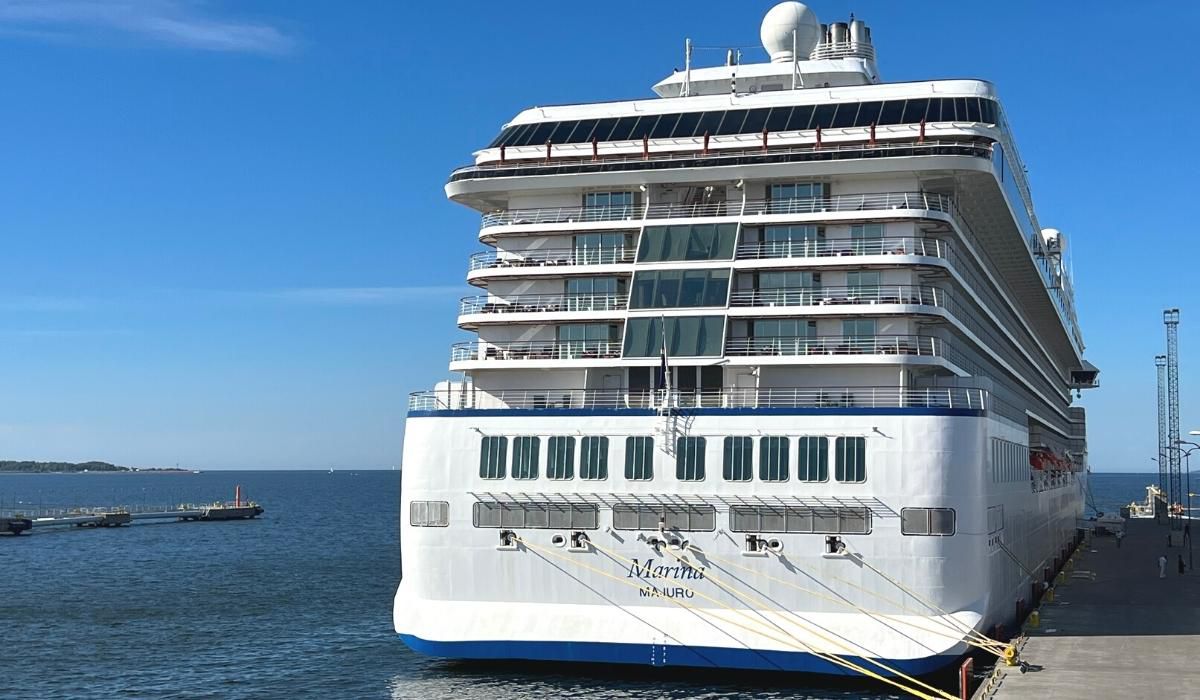
You've likely heard about the environmental impacts of cruise ships. Now you want to know what you can do. This article will give you some surprising facts about the environmental impact of cruise ships. Learn about the consequences of cruise ship pollution on the environment and marine life. Also, learn about local economies and pollution sources. We hope this helps you to be more aware of the negative effects of cruise ship pollution. But what is the true cost? It's impossible to ignore it, but it is important to know the facts.
Marine life
A cruise ship can produce large amounts of waste that enters the ocean, negatively affecting marine life. These wastes, which are mostly solid, often endanger whales and other marine species. These foreign objects can cause their digestive system to become clogged or even destroyed. The whales' behavior can be affected by noise pollution, and the ocean may lose oxygen due to water pollution. These can have severe consequences for marine life. There are solutions to reduce pollution from cruise ships.

Coral reefs damaged
The cruise industry often overlooks the dire situation of coral reefs, and the people who live within them. Ports and various construction projects are required for cruise ships, and many hectares of coral are destroyed. Dredging, or sifting through silt, is necessary for the ships to dock safely and deeper. Dredging, which is the removal of a portion or all of the reef from the seawater that isn't clear enough for corals to survive, can be necessary.
Local economies impact
Maritime emissions from cruise ships are a significant source of pollution. Recent studies show that a single cruise ship can emit as much particulate matter as 700 trucks. Shipping emissions are responsible for a staggering 40,000 to 100,000 deaths each year in Britain. Even though cruise ships only make up a small portion of the world's shipping fleet, they can have a major impact on local economies along the coast. Shipboard Incinerators, which produce huge amounts of waste from ships, can further exacerbate this problem.
Sources of pollution
Marine Pollution Bulletin published a paper recently that revealed the extent to which the cruise industry has had an impact on the environment. It was found that the average cruise ship carrying 2700 passengers per year produces more than 1 tonne of waste, with most of it illegally disposed or incinerated at sea. Not only does the industry cause environmental damage, but it can also pose health risks for the passengers and local communities.

EPA report on pollution from cruise ships
On January 31, 2008, the EPA published a full response to the public docket for the Cruise Ship Discharge Assessment Report. This document summarizes the draft report's assessment five main waste streams from cruise ship ships: sewage. Graywater. Oily bilge Water. Hazardous waste. Draft report revealed that cruise ships generate more than 3,000 tonnes of waste per week. Although this might seem like a lot of garbage, the fact is that they generate a significant amount of waste.
FAQ
Where do cruises actually start?
Most cruise vacations start in Miami, Florida. It has both international ports and airports, so cruises leave from Miami. These two locations offer passengers the opportunity to explore South America or Europe.
How long does the journey to port take?
The time it takes to reach the port depends on several factors, including the distance between the port and the ship, the speed at which the ship travels, etc. You should note that not all ships dock at the same location as the shore. This allows them to unload their passengers quickly. Some ships dock farther from the shore, which means it takes longer for them to arrive.
Is a cruise ship all-inclusive?
The cruise ships do not offer all-inclusive meals as they do not provide any food for those with dietary restrictions. There is no room service, laundry service, or other amenities like spas, pools, gyms, etc.
However, some cruise lines offer "all-inclusive" packages which cover everything except alcohol. These packages include airfare, hotel accommodations (accommodation), entertainment, and beverages.
Why are cruise vacations so popular?
Because they provide a fun vacation experience that isn't confined to long flights and airport delays, cruises are becoming increasingly popular. The cruises offer a relaxed atmosphere that allows passengers to relax and enjoy their vacation without having to worry about work or other daily details.
Travelers can also visit other destinations by boat, which makes it possible for them to cruise ships. This gives travelers plenty of time for all the attractions and sights that are available in each location.
Statistics
- The line estimates savings of 50% when you purchase this bundle. (travel.usnews.com)
- In addition, 10 to 15 percent gratuity is typically added to bar bills — for alcohol and soft drinks — and gratuities are applied to spa treatments. (cruiseline.com)
- You'll need to budget around $80 per person per day for this option – and an additional 18% gratuity. (travel.usnews.com)
- For an example of savings, Royal Caribbean offers up to a 40% discount with a dining package. (travel.usnews.com)
External Links
How To
How do you plan your first Cruise vacation?
Planning a cruise is just like any other trip. You need to take into account many factors such as budgeting, where to go and activities. There are some important differences to consider when planning your first cruise if you are new to cruising. Cruises last longer than traditional land vacations (up 3 weeks), so don't forget to pack! Here are some tips to make this vacation even more easy:
-
Book your cruise early. You should book at least 6 months in advance. This way, you can get great deals and avoid crowds. Plus, you'll have plenty of time to research the ship, itinerary, ports, and activities. There might be a great deal on airfare!
-
Select a destination. It doesn’t matter which port is chosen; choose the one that appeals most to you. There are lots of reasons why people love cruising to different destinations. Some love to travel while others prefer to relax and unwind on the boat. No matter what boat you are on, it is important to remember the type of destination that you wish to visit. An island in the Caribbean is a popular choice, closely followed by Europe and Alaska.
-
Booking a suite is an option. Suites have more space, a private balcony and other amenities. These suites are typically available for between $100 and $300 per night depending on the size of the room and availability of suites during the sailing date.
-
Check the weather forecast - Cruising is often associated with warm tropical climates. Check the weather forecasts for days that you will be visiting ports. It is possible for the sea to be unpredictable, especially in Antarctica. Before you book your cruise, it is a good idea to check how severe the weather may be.
-
Be light-weight - Pack only 10 items when packing for a cruise. This means that you don't need to pack a lot of clothes and shoes in your suitcase. Instead, pack everything you'll need into small carry-on-sized bags. It is a good idea to bring layers of clothing because you might not be able access the laundry facilities at your destination.
-
Do your research - Read online reviews before buying tickets. Be sure to review their policies regarding pricing, the services they provide, as well and whether cancellation policies make sense.
-
These must-see locations are not to be missed. Make sure to visit each port at the very least once. Every location has its own charm and culture so make sure you visit all of them.